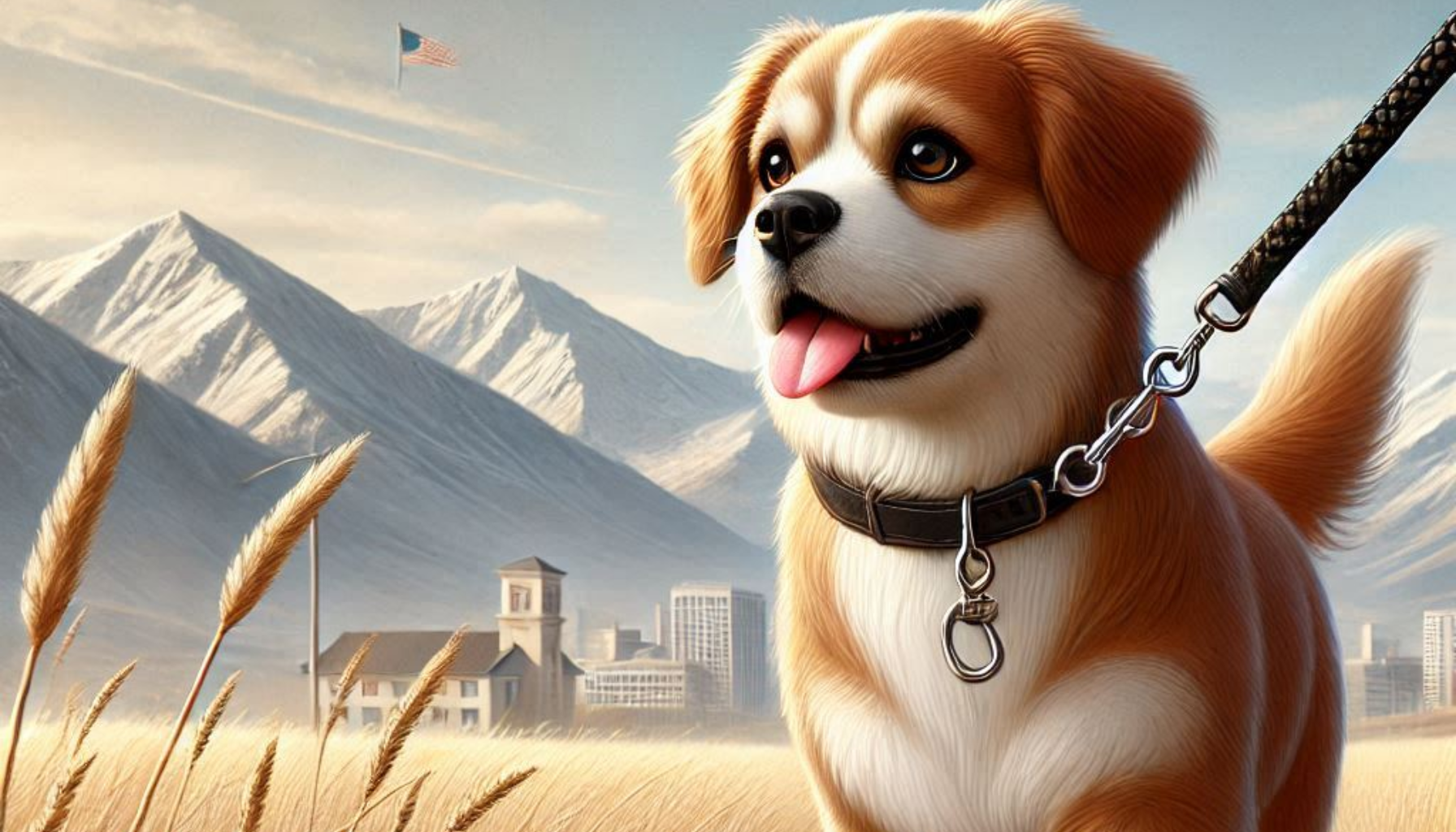Walking your dog should be an enjoyable experience, but if they pull, lunge, or refuse to walk, it can quickly become frustrating.
The good news? With the right training and consistency, any dog can learn to walk calmly on a leash!
In this guide, you’ll learn why dogs pull, how to teach loose-leash walking, and how to correct common leash problems.
1. Why Do Dogs Pull on the Leash? 🤔🐾
Pulling is a natural behavior for dogs, but it can be dangerous if left untrained.
✅ Common Reasons Dogs Pull on the Leash:
✔ Excitement – They’re eager to explore new sights and smells.
✔ Lack of Training – They don’t know how to walk properly yet.
✔ Too Much Energy – They need more exercise before a calm walk.
✔ Reinforcement – If pulling gets them where they want to go, they’ll keep doing it.
📌 Tip: Dogs don’t pull because they’re “dominant”—they simply need proper guidance!
🚨 Avoid: Using a retractable leash during training—it encourages pulling.
2. Choosing the Right Leash & Collar for Training 🎯🐾
Having the right gear makes leash training easier and safer.
✅ Best Equipment for Leash Training:
✔ 4-6 ft standard leash – Provides good control.
✔ Front-clip harness – Discourages pulling by redirecting movement.
✔ Flat collar (optional for ID tags).
✔ Treat pouch – For easy access to rewards.
📌 Tip: Avoid using a choke chain or prong collar—they cause pain and fear, not proper training.
🚨 Avoid: Using a long leash during training—it makes correction harder.
3. Step-by-Step Guide to Loose-Leash Walking 🏆🐾
✅ Step 1: Teach Your Dog to Pay Attention 👀
✔ Stand still with your dog on a leash.
✔ Say their name and reward them when they look at you.
✔ Repeat until they consistently check in with you.
📌 Tip: Attention is the foundation for good leash manners!
✅ Step 2: Start Walking & Reward Calm Behavior 🚶🐾
✔ Walk a few steps and reward when your dog walks beside you.
✔ If they pull, stop immediately—wait for the leash to loosen.
✔ Once they stop pulling, continue walking and reward calm steps.
📌 Tip: Use high-value treats (chicken, cheese) for better motivation!
🚨 Avoid: Yanking or jerking the leash—this confuses your dog.
✅ Step 3: Use the “Turn & Reward” Method 🔄🐾
✔ If your dog starts pulling, immediately turn and walk in the opposite direction.
✔ Call their name, and reward them when they follow you calmly.
✔ Repeat until they start paying more attention to you.
📌 Tip: Changing direction teaches your dog to follow your lead instead of pulling.
🚨 Avoid: Letting your dog drag you to where they want to go—you set the direction!
✅ Step 4: Add a Verbal Command (“Let’s Go”) 🗣️🐾
✔ Say “Let’s go” before starting your walk.
✔ Reward your dog when they move with you.
✔ If they pull, stop and wait for a loose leash before continuing.
📌 Tip: A consistent verbal cue helps your dog understand when to walk calmly.
🚨 Avoid: Rushing training—slow, controlled walks build better habits!
4. Correcting Common Leash Problems 🚨🐾
🐾 Dog Pulls Too Much → Stop moving, wait for a loose leash, then reward calm walking.
🐾 Dog Lunges at Other Dogs or People → Increase distance and redirect attention with treats.
🐾 Dog Sniffs Too Much → Teach “Leave It” and reward when they focus on you.
🐾 Dog Stops Walking or Refuses to Move → Use encouragement (happy voice, treats), not force.
📌 Tip: Keep training sessions short (10-15 min) to prevent frustration.
🚨 Avoid: Dragging your dog forward—this creates fear and resistance.
5. How to Prevent Leash Reactivity (Lunging & Barking) 🐕💥
Some dogs overreact to other dogs, people, or objects while on a leash.
✅ How to Reduce Reactivity:
✔ Increase distance from triggers.
✔ Use treats or toys to redirect attention.
✔ Stay calm and relaxed—your dog takes cues from you.
✔ Gradually reduce distance over time as they improve.
📌 Tip: If your dog reacts, don’t punish them—redirect them with treats and calm praise.
🚨 Avoid: Tightly holding the leash—this makes dogs feel more tense.
6. When to Seek Professional Help 🏥🐾
If leash training isn’t improving, a professional trainer can help.
🚨 Signs You Need a Trainer:
🔴 Extreme pulling that doesn’t improve.
🔴 Aggressive lunging or barking.
🔴 Fearful behavior (cowering, refusing to move).
🔴 Difficulty controlling your dog’s strength.
📌 Tip: A positive reinforcement trainer can create a custom training plan for your dog.
7. Final Thoughts: Enjoy Stress-Free Walks! 🎉🐾
With patience, practice, and consistency, your dog will learn to walk calmly on a leash!
✅ Use the right equipment (front-clip harness, 4-6 ft leash).
✅ Teach loose-leash walking with stopping & rewarding calm steps.
✅ Use direction changes & commands to reinforce focus.
✅ Correct bad habits with positive reinforcement, not punishment.
🐾 A well-trained dog makes walks enjoyable—start practicing today! 🦮❤️
